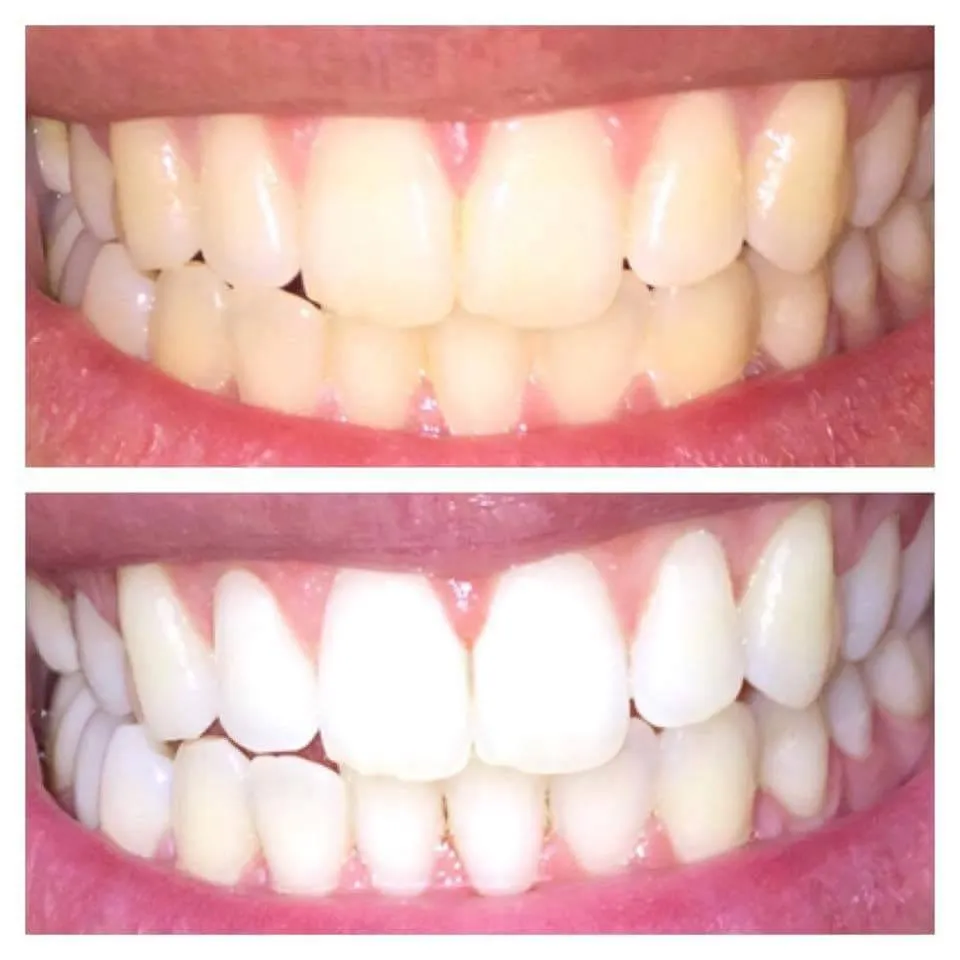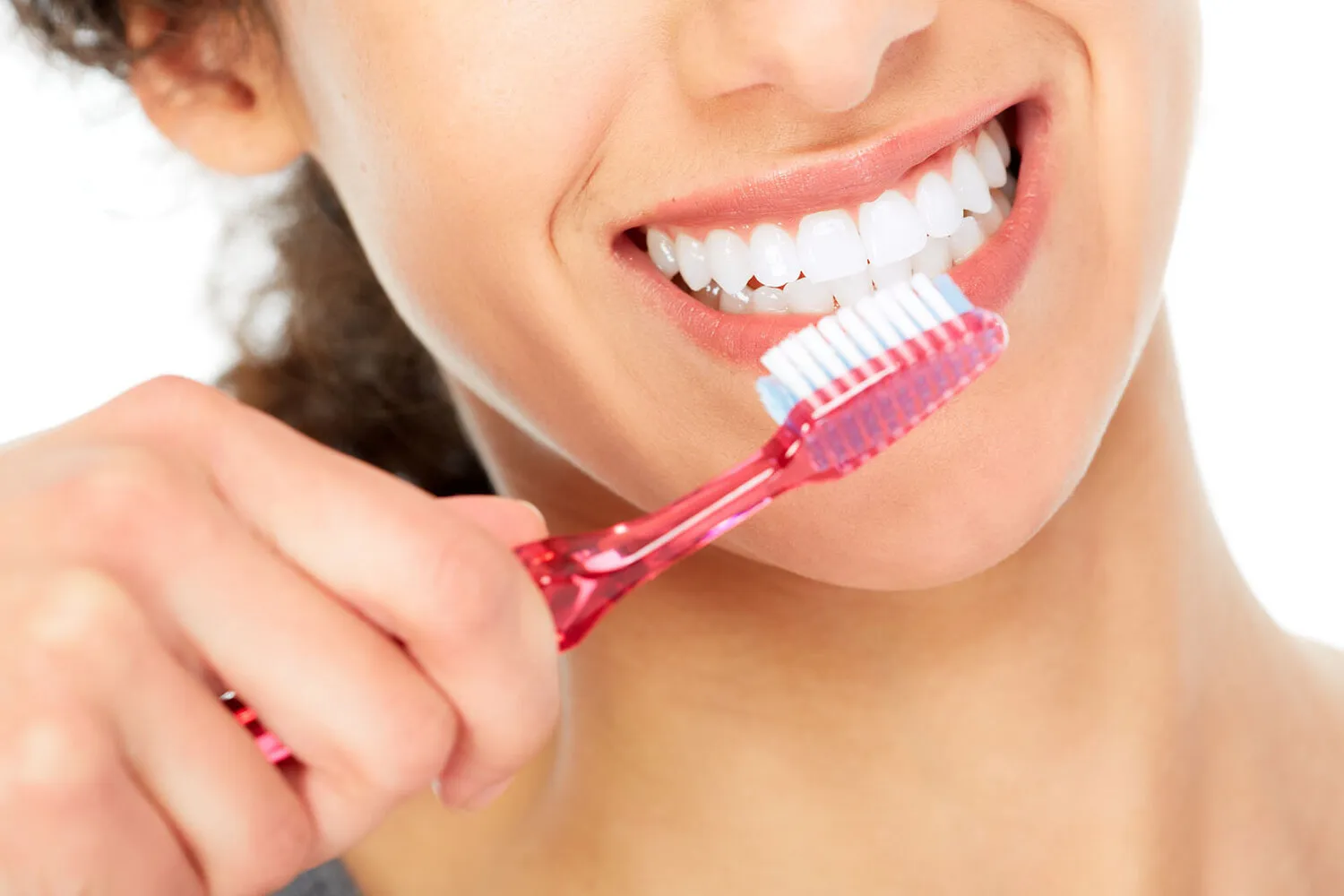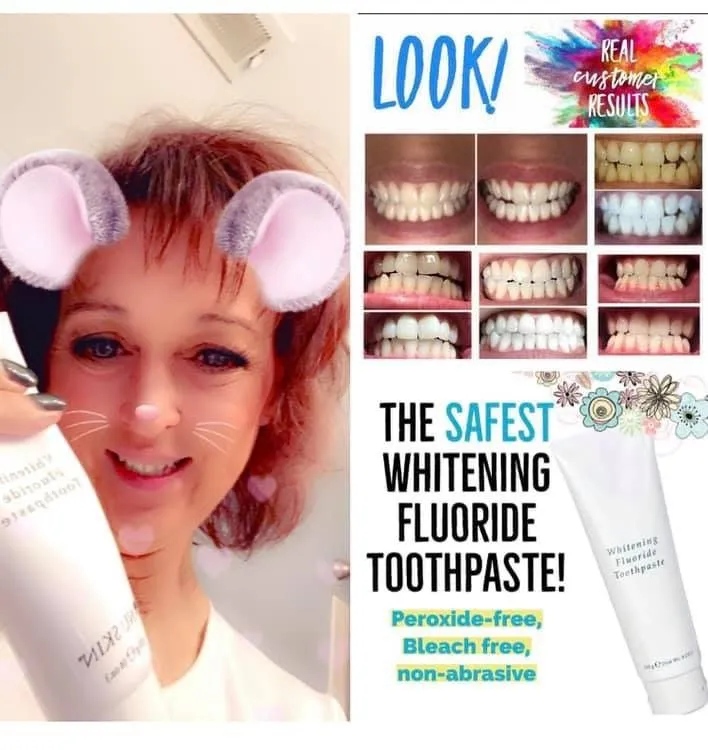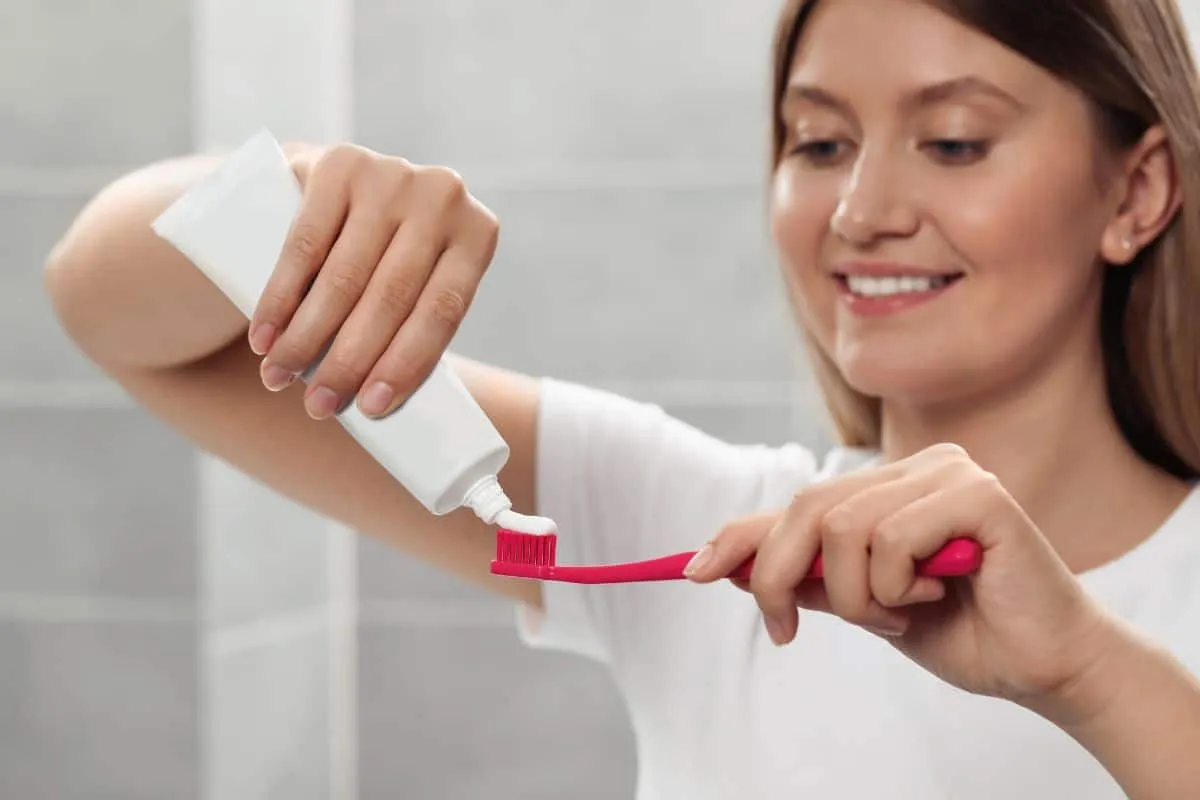What is Whitening Toothpaste Film?
Have you ever brushed your teeth with whitening toothpaste and noticed a strange, filmy residue left in your mouth? This is what is often referred to as ‘whitening toothpaste film’. It’s a common experience for many users, but what exactly causes it, and more importantly, is it something to be concerned about? Understanding this phenomenon is the first step in maintaining good oral hygiene and ensuring that your teeth are not only white but also healthy. Whitening toothpaste is designed to remove surface stains, and the process can sometimes lead to this temporary film sensation. The texture can vary, sometimes feeling gritty or slick, and it can affect the overall clean feeling of your mouth.
Understanding the Composition of Toothpaste Film
To understand the film, it’s crucial to know the ingredients in your toothpaste. Most whitening toothpastes contain a combination of abrasive agents, whitening agents, and other additives. Abrasives help physically scrub away stains, while whitening agents, like hydrogen peroxide, work to lighten the teeth. Other ingredients such as binders, detergents, and flavorings, combine to form the paste. The film is often a result of the interaction between these ingredients and the surface of your teeth, saliva, and the soft tissues of your mouth. The specific formulation of each toothpaste can influence the film’s characteristics, varying its texture and persistence. The unique combination is designed to clean and whiten, but sometimes at the cost of a clean feel.
Why Does Whitening Toothpaste Cause Film?

Several factors contribute to why whitening toothpaste can leave a film. Primarily, the abrasive nature of the toothpaste plays a key role. The tiny particles that scrub away stains can sometimes leave a residue, especially if the toothpaste isn’t rinsed away thoroughly. Also, the concentration and type of whitening agents can affect the film. Ingredients like hydrogen peroxide can interact with saliva and the tooth’s surface, creating a temporary film. The combination of these elements, along with the specific formulation of the toothpaste, determines whether or not a film develops. The sensitivity of the oral environment can also be a factor, since some individuals’ mouths may react more readily to certain ingredients.
Ingredients in Whitening Toothpaste
Whitening toothpastes are packed with ingredients designed to enhance the appearance of your smile. Common abrasives include hydrated silica, calcium carbonate, and dicalcium phosphate, which help in stain removal. Hydrogen peroxide or other peroxide compounds often serve as whitening agents, breaking down the stains below the surface. Surfactants like sodium lauryl sulfate (SLS) provide the foaming action, but can sometimes contribute to a dry mouth feeling which may feel like a film. Additionally, binders, humectants (to retain moisture), and flavorings are added to create the toothpaste’s texture and taste. Being aware of the ingredients and how they interact in your mouth will help in determining the cause of the film.
How Abrasives Contribute to Film
Abrasives, though crucial for stain removal, often play a large role in the film. The tiny particles in abrasives work to polish the teeth, but if not rinsed thoroughly, these can leave a residual layer, creating a film. The particle size and shape of the abrasive also matter; finer particles generally lead to a smoother finish, while larger or more irregular particles may leave a rougher feel. Overuse or aggressive brushing with abrasive toothpastes can sometimes lead to enamel erosion and increased sensitivity. It’s all about balancing the cleaning power with the potential for causing film. Choosing a toothpaste with the right type and amount of abrasive can help to reduce the film sensation.
Top 5 Facts About Whitening Toothpaste Film

Fact 1: The Role of Abrasives
Abrasives physically remove surface stains, but can also leave a film if not completely rinsed away. Different abrasives have different particle sizes and shapes which affects the film’s texture. Hydrated silica is a common abrasive that can contribute to a gritty feeling.
Fact 2: Impact of Whitening Agents
Whitening agents, such as hydrogen peroxide, can react with the saliva and tooth surfaces, possibly causing a temporary film. Peroxide may cause a slight change in mouth feel, which some people interpret as a film. The concentration of the whitening agent can influence how pronounced the film is.
Fact 3: Film and Oral Health

In most cases, the film from whitening toothpaste is harmless. However, if the film persists or causes discomfort, it’s essential to evaluate brushing techniques and consider different toothpaste options. Persistent film that causes a dry mouth sensation can sometimes contribute to other oral health issues.
Fact 4: Variations Among Brands
The formulation varies among different brands, leading to variations in the film. Some toothpastes may have ingredients specifically designed to minimize film formation, while others may be more prone to it. Ingredients like SLS can make the film feel more pronounced.
Fact 5: Remedies and Prevention
Simple steps like thorough brushing and rinsing can effectively minimize the film. Choosing a different toothpaste with a different formula or consulting your dentist about your specific needs can also help. Maintaining good hydration can help to keep the mouth feeling cleaner.
Remedies and Solutions to Remove Whitening Toothpaste Film

Dealing with the film issue can be achieved through several effective methods. First, ensure you are brushing your teeth properly. Brushing for a full two minutes, covering all surfaces of your teeth, can effectively dislodge the film-causing particles. Secondly, thoroughly rinsing your mouth with water after brushing is critical. Rinse several times to ensure all toothpaste residue is removed. Furthermore, using mouthwash can help to further cleanse your mouth and eliminate any remaining film. Using a different toothpaste might solve this problem, so it’s wise to experiment with a few to find the right one. If the issue persists or causes concern, consulting a dentist for personalized advice is always recommended.
Effective Brushing Techniques
Proper brushing is essential for removing film and maintaining oral health. Use a soft-bristled toothbrush to avoid damaging your enamel. Gently brush all surfaces of your teeth, including the front, back, and chewing surfaces. Focus on each tooth individually, making sure to reach every area. Brush in a circular motion, paying close attention to the gum line where plaque and residue often accumulate. Ensure you brush for at least two minutes, as this allows adequate time to clean your teeth effectively. Replace your toothbrush every three months, or sooner if the bristles become frayed.
Rinsing and Mouthwash
Rinsing with water is a crucial step after brushing, as it helps to remove the film and any remaining toothpaste particles. Swish the water vigorously in your mouth, ensuring it reaches all areas. Repeat the rinse several times for maximum effectiveness. The use of mouthwash can offer an added layer of cleaning, particularly those with antibacterial properties. Mouthwash can help remove any lingering particles and freshen your breath. However, be mindful that some mouthwashes contain ingredients that can exacerbate the film feeling or dry your mouth. Choose a mouthwash that suits your needs and consult your dentist if you have concerns.
Choosing the Right Toothpaste

Selecting the right toothpaste can significantly influence whether you experience the film. Consider experimenting with different brands and formulations to find the one that best suits your needs. Look for toothpastes with lower levels of abrasives, and those that are designed to minimize film formation. You can also check reviews and recommendations from others who have similar experiences. If you are experiencing increased sensitivity or other issues, consider toothpastes specifically designed for sensitive teeth. Consult your dentist for personalized recommendations on the best toothpaste for your specific oral health requirements.
When to See a Dentist
While the film from whitening toothpaste is typically harmless, certain situations warrant a visit to the dentist. If you experience persistent film, discomfort, or any other unusual symptoms, consult your dentist. Other issues to consider include increased tooth sensitivity, changes in the appearance of your gums, or persistent dry mouth. Your dentist can evaluate your oral health, identify any underlying issues, and provide personalized recommendations to address the problem. Regular dental check-ups and professional cleanings are crucial for maintaining optimal oral health and identifying any potential issues before they become serious.
